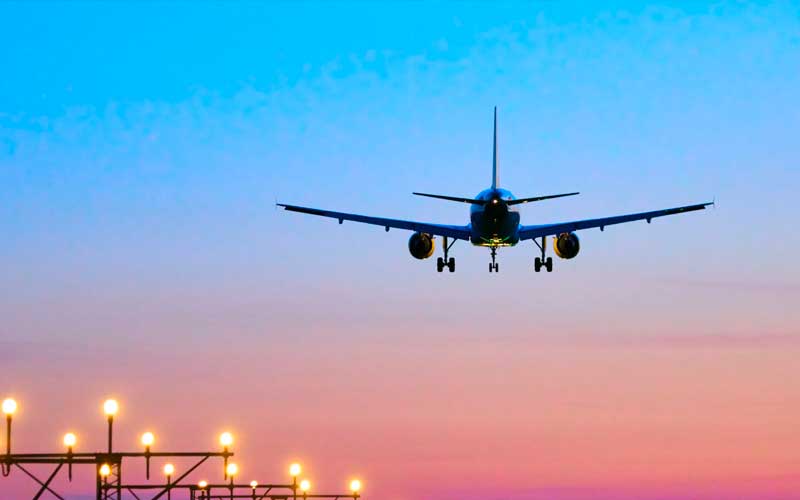With teams spread across the United States and Canada, travel poses one of the biggest logistical challenges in Major League Soccer. The sheer distances between cities mean MLS squads routinely clock thousands of miles crisscrossing North America.
Managing extensive travel protects players’ health and primes them for peak performance. Let’s examine the unique travel demands in MLS and how teams minimize their impact.
Grueling Distances
The scale of MLS’s geography makes for formidable travel schedules. Teams can face coast-to-coast trips, like Vancouver to Atlanta’s 2,700 mile distance. Even shorter trips add up – Salt Lake City to Los Angeles is still a 570 mile haul.
With every team visiting all 27 other clubs annually, squads log major air miles. Sporting Kansas City topped the 2020 table with 46,558 miles over the season. Even the team traveling the least, Columbus Crew, still covered nearly 30,000 miles.
The constant zig-zagging across time zones takes a toll on players. Coaches must strategize ways to keep players fresh amid hectic crisscrossing on the road.
Strategic Scheduling
To ease travel wear and tear, the league’s scheduling closely pairs matches in similar regions. This allows teams to minimize trips back and forth across the country.
When teams like the Timbers and Sounders face eastern foes, they’ll often play 2-3 opponents over a condensed road trip. Similarly, eastern teams knock out multiple western fixtures in one extended tour.
Scheduling consecutive fixtures in the same region lets teams set up temporary camp rather than constantly repacking. Multiple away matches also help maximize rest amid long-distance travel.
The league also considers rivalries and derbies when aligning the calendar. Scheduling games with close opponents like Seattle and Portland back-to-back reduces distance, keeping travel relatively localized.
Streamlined Logistics
MLS clubs plan travel operations meticulously to conserve players’ energy and time.
Arrangements are made for direct charter flights to avoid connections and delays. Teams also coordinate luggage transport and ground transportation so players simply board and disembark at each end.
Hotels secure dedicated areas to enable privacy and recovery. Tech personnel ship equipment ahead so all a player’s gear is waiting at the hotel. Efficient operations reduce logistical headaches.
Traveling team chefs oversee catering and nutrition. Planning personalized menus and diet needs makes eating well on the road simpler. Since refueling properly aids recovery, catering is a key trip component.
In-Flight Recovery
Maximizing rest is a focus during transit. Comfortable, spacious chartered planes allow players to nap or receive treatment.
Strategies like compression socks and staying hydrated during the flight counter effects of altitude and dry air. Players are encouraged to relax with movies or other entertainment for distraction and leisure.
Training staff monitors who benefits from targeted stretching or other mobility work on the plane. Since idle time in transit is unavoidable, teams leverage it to enhance restoration.
Rest Days Bookending Trips
To recharge batteries fully, teams usually schedule a rest day immediately before and after a road trip. Light training and activity is managed to let players recuperate.
Sports science shows mental relaxation is as crucial as physical recovery. Veterans know downtime with family or leisure activities helps flip the mental “off switch.”
Not overexerting players right before or after travel enables them to replenish mentally and physically. With batteries recharged, they can then tackle the next match at full capacity.
Modified Practices
Lightened training during trips keeps players fresh without losing sharpness. Coaches design sessions that tactfully walk the line between rest and readiness.
Shortened practices focus on economical skill-building. Competitive small-side matches replicate game intensity on a smaller scale without overextending effort.
Position-specific groups target nuanced preparations tailored to game strategy. For example, defenders may review set pieces while midfielders practice combinations.
The emphasis stays on quality exertion over quantity. Just enough activation to see they’re dialed in for the next test.
Local Recovery Options
Teams take advantage of recovery resources in road trip locales. Cold tubs, massage, and other treatment modalities help accelerate healing.
Coaches coordinate group activities that break up the monotony of hotels. From movie nights to relaxed dinners, bonding experiences re-energize the squad.
Outings to museums or local attractions get players on their feet for easy movement. A change of scenery and chances to explore take players’ minds off the grind.
Raiding the mini bar is discouraged, but indulging in some local cuisine in moderation lets players enjoy the travel experience.
Adapting With Age
As players grow older, clubs increasingly personalize travel accommodation. Veterans’ aches and pains may demand more targeted approaches.
Extra leg room or reclining seats allow veteran players to stretch out during transit. Some older players use the additional recovery time over youth.
Sports science continues to yield new innovations to optimize rest. Strategies get individually fine-tuned based on age, workload and other factors.
For young players, veterans emphasize building travel resilience early in their career to prolong longevity. Taking care of oneself on the road ultimately pays dividends as the miles add up.
Eye on the Horizon
With MLS expanding, travel distances aren’t shrinking anytime soon. But the league’s careful crafting of the schedule aims for equity in rest and efficiency.
As sports science evolves, teams will continue adapting best practices that smooth the toll of travel. Maintaining a human focus keeps travel from becoming just a logistical headache.
While grueling, the bonds formed and lessons learned on the road also build character and resilience. Teams embrace the journey, eyeing each new destination as a chance to test their mettle.
The miles ahead seem limitless. But in true MLS spirit, clubs will meet each one with teamwork, care for players, and a commitment to peak performance no matter the road traveled.




